Hong Kong I
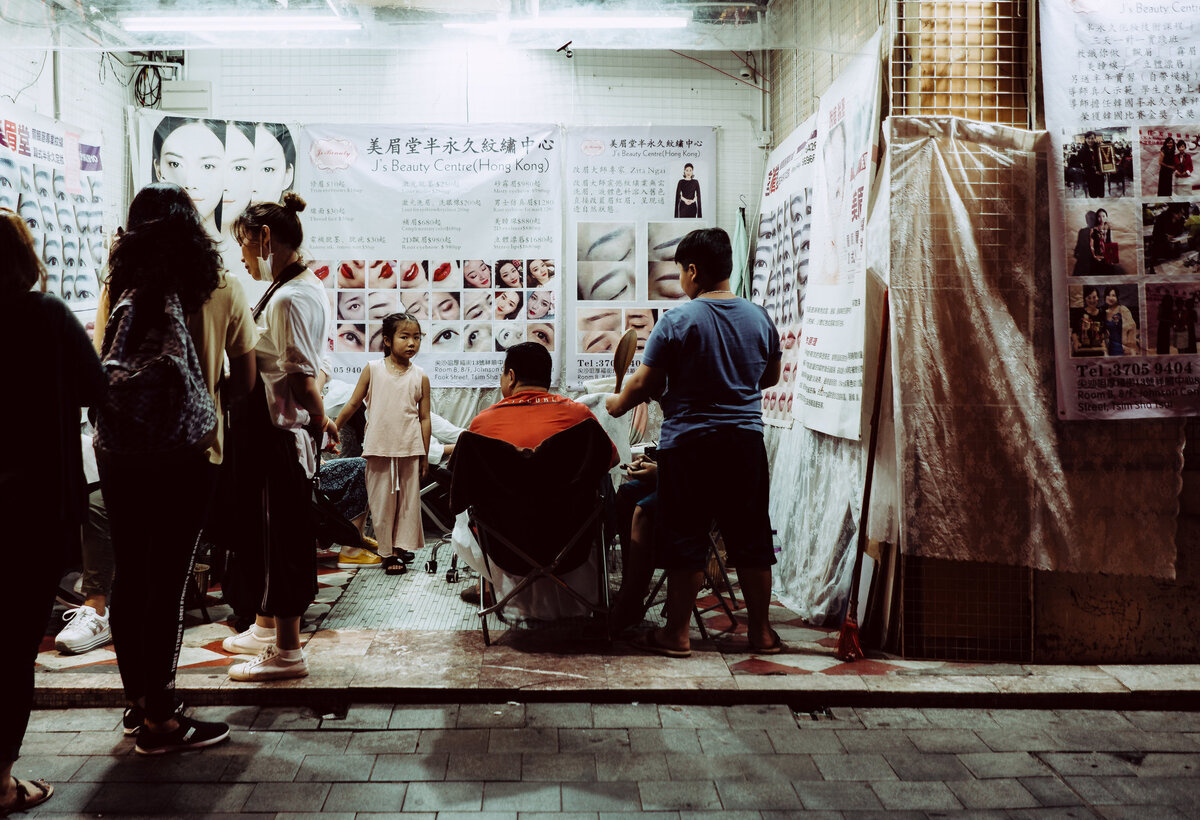
Growing up in Britain in the 90s, I’ve always had a knowledge of Hong Kong. Chinese culture, largely through Hong Kong, is a huge part of British life. Most towns have a Chinese restaurant, or two, specialising in Cantonese cuisine. Guangzhou on the mainland, historically called The Canton, or province, in English, is the origin for the Cantonese language and the centre of the larger area now including Hong Kong. What is known of China in Britain is largely through Hong Kong and this corner of China, and very little is known about the People’s Republic of China (PRC). I won’t go into Hong Kong history here, as I am not a historian and you’ll find better resources online—or even in books! What I can say, is that Hong Kong was always a special place to the British, and the history of the Old Empire is evident. A few people living in Hong Kong that I have spoken to have not been so thrilled with the PRC’s plans, the ever increasing huge numbers of Chinese tourists, and the general dilution of the culture of Hong Kong. The largest protests Hong Kong has ever seen occurred just last week, No doubt the people of Hong Kong want to “rule themselves”, but my understanding is that they would prefer British rule over PRC rule. We are over 100 years past “Pax Britannica“ (Latin for “British Peace”); the period of relative peace between the Great Powers during which the British Empire became the global hegemonic power and adopted the role of a “global policeman”), in the years 1815 to 1914.
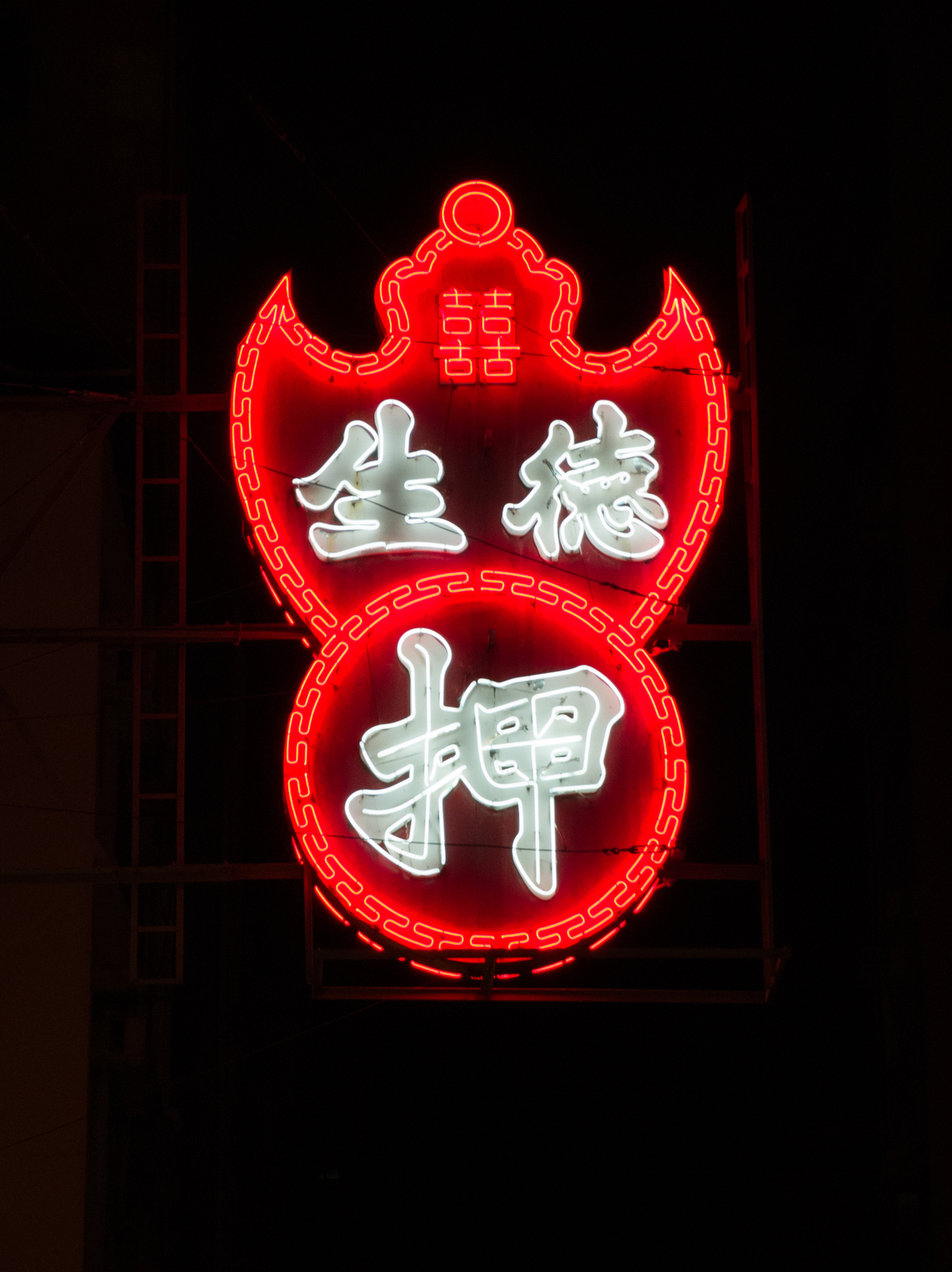
No doubt you’ve seen the film Rush Hour (1998)? Jackie Chan? Great film. Set in the final day of the British rule of Hong Kong, where they handed it back to China following a 99 year lease. Within the next 30 years, Hong Kong will be subsumed into China’s PRC and its history will probably only survive in the West. I was heavily into Kung Fu when this film was released, and I know it very well. So, it was very interesting to visit Hong Kong 20 years after “The Handover”, whilst remnants of British culture still prevail.
To name a few similarities between Hong Kong and Britain:
-
Marks and Spencer
-
Speed cameras (same model and colour)
-
Buses (same models, double decker)
-
Proper plug sockets (13 amp fused, 3-pin)
-
Drive on the left with RHD cars
-
white front registration plates, yellow rear
-
Road markings, signage, pedestrian crossings, etc
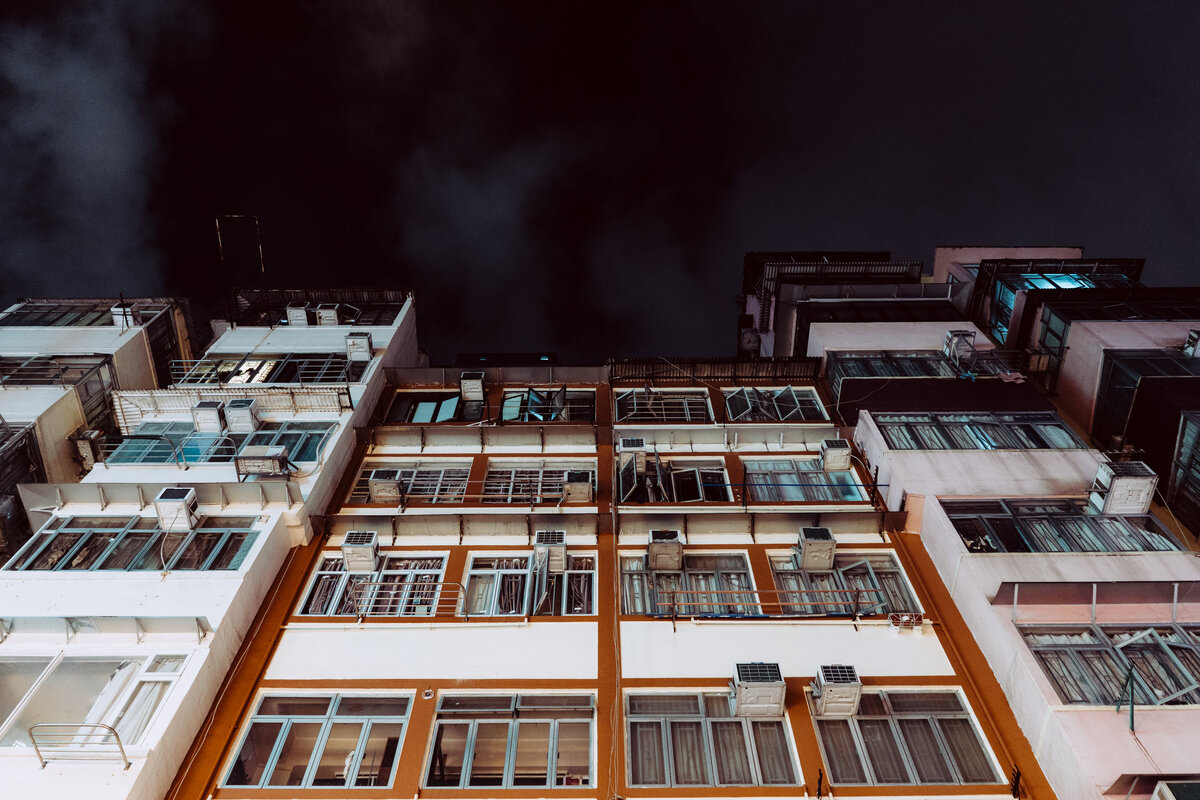
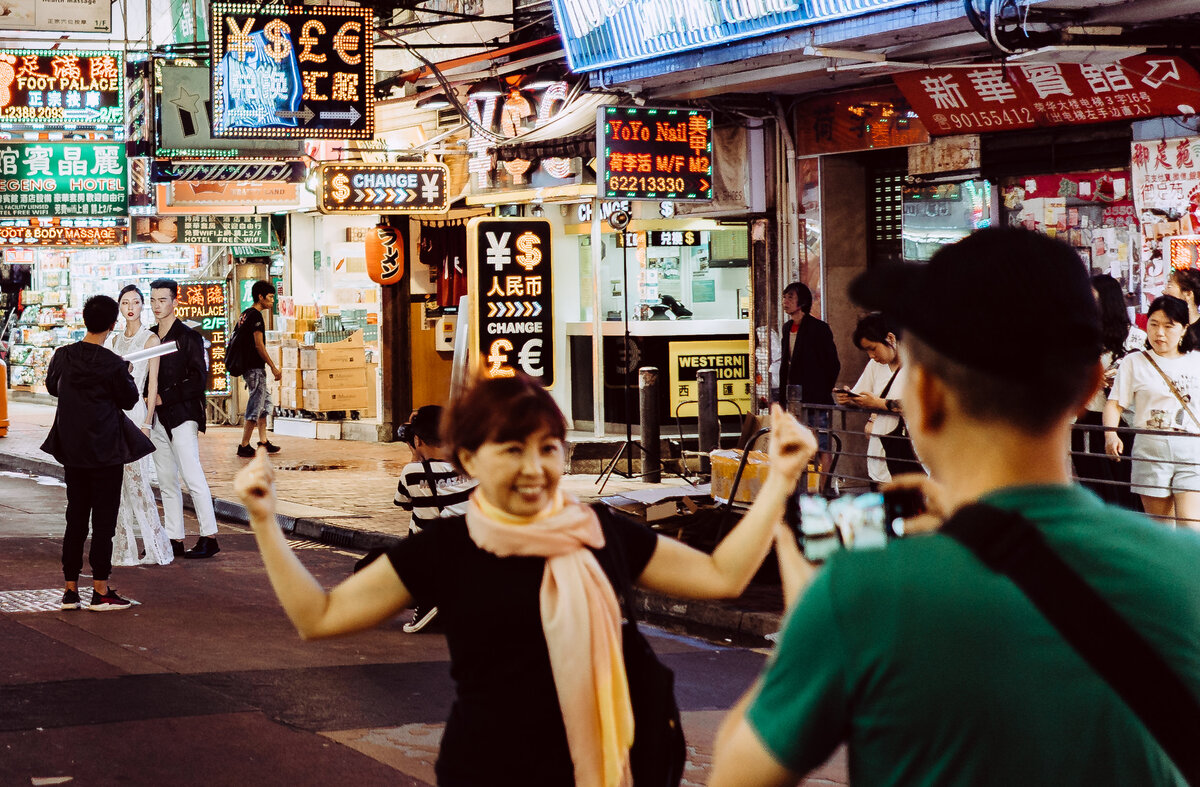
One thing I personally loved about HK was the mix of Asian and British cultures. There’s genuinely good sushi to be had here, and you can pop to Marks and Spencer afterwards. Perhaps this is how Americans feel about buying a Big Mac and then going to a shopping mall and buying some Nike sneakers? I’d argue there’s something classier about popping to M&S and then eating sushi served by a Japanese chef, but empires are empires.
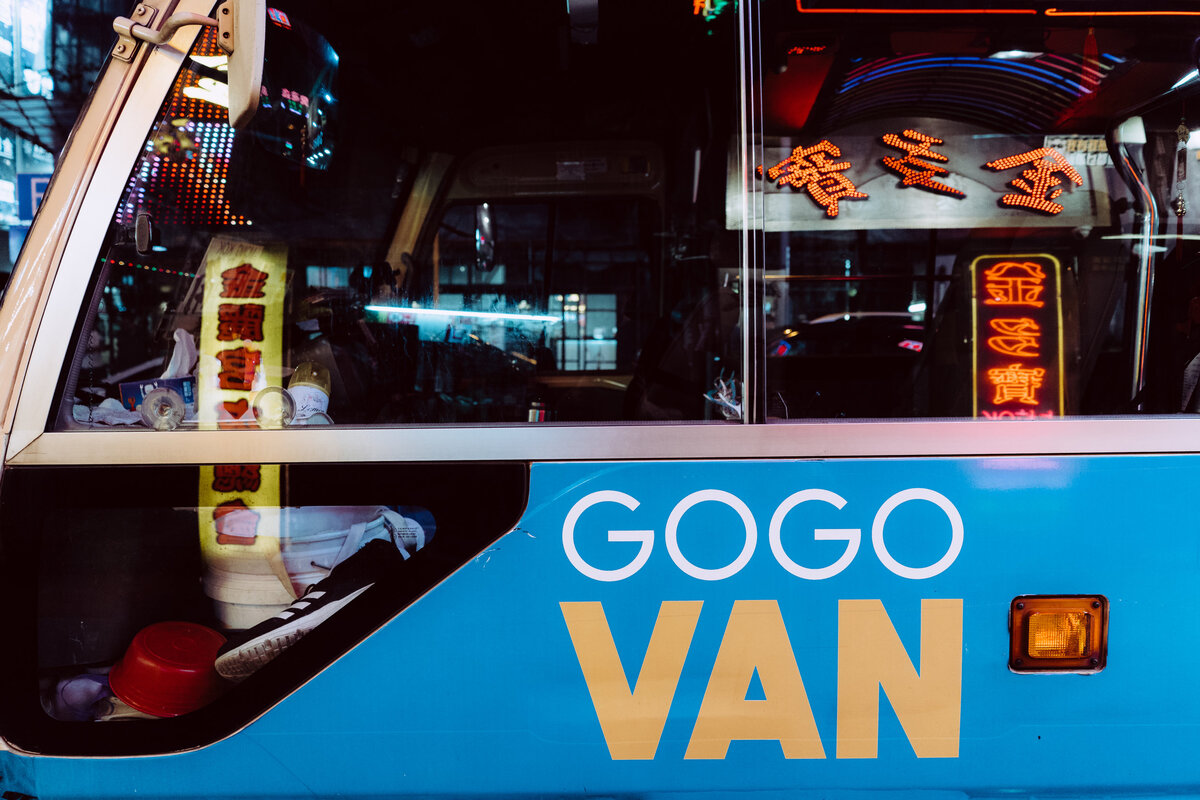
Anyway, that’s enough talk of Empires and politics. For this post, at least. Somehow I managed to get about 7-8 hours sleep on the A380 into Hong Kong, a feat of which I am slightly proud as I never used to be able to sleep on flights. I’d watch a couple of films, eat, drink, keep watching things, attempt sleep, watch something, eat, land and feel awful at my destination. This time I put a film on and had dinner, got into comfortable clothes, and slept until breakfast. By the way, if you’re flying on an A380 in economy, and have the chance to sit on the upper deck; do so. Then it’s like being on a really small plane, as there’s only a few economy seats crammed up there, so service is quick, no toilet queues and it’s simply nicer.
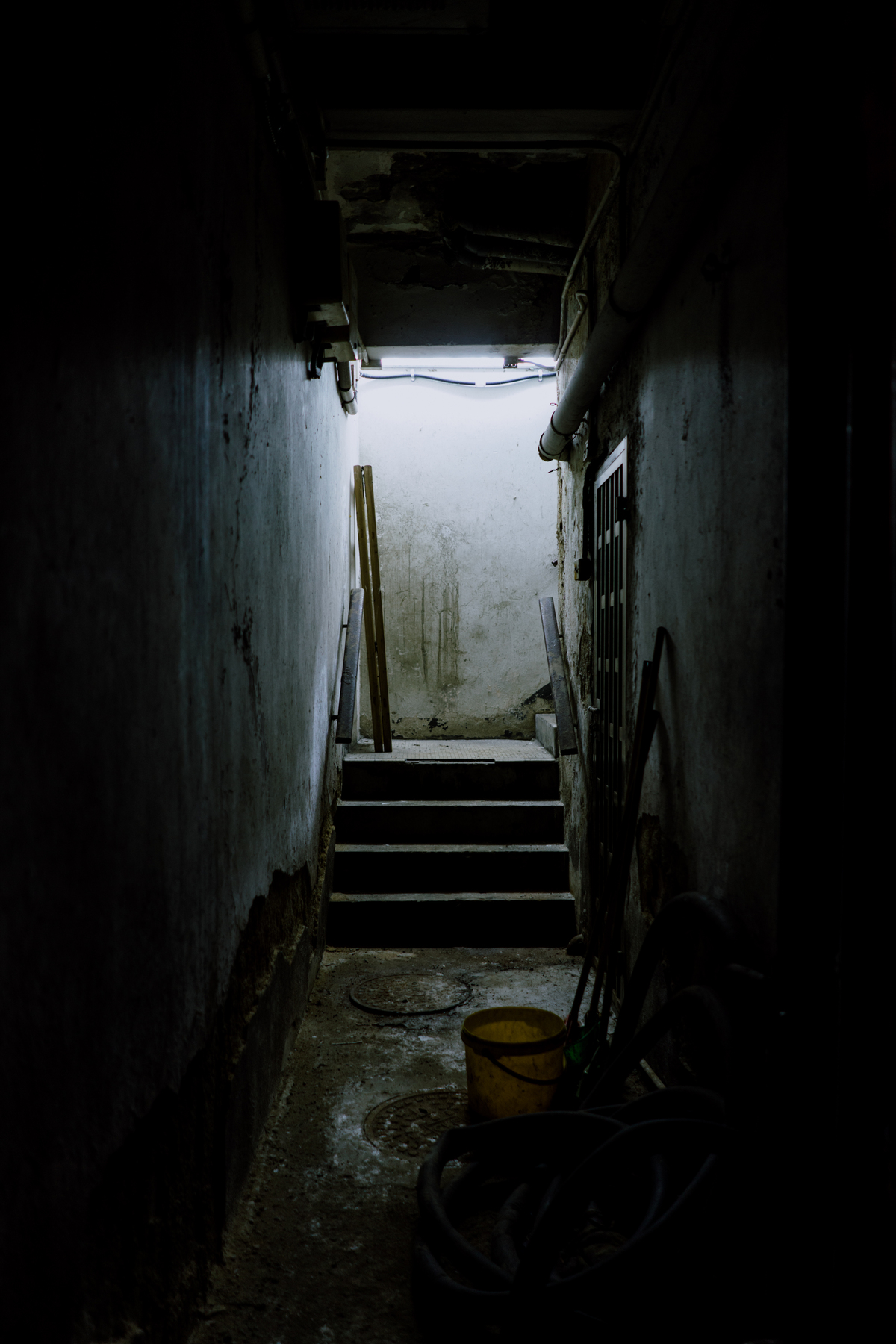
I decided to have some sushi when I made it to Hong Kong, as I knew there would be the proper stuff, with Japanese chefs, not the endearing attempt one finds in Europe. Sure, you can pay through the nose and have close-to-Japanese sushi in Europe, in some big cities, but generally the sushi is just a different quality. I’m fine with that, and accept it for what it is, but I do indeed look forward to “real” sushi when I can.
I walked to Mong Kok from my hotel, and also checked out Temple Street Market. Mong Kok had every shop and brand on the face of the planet, and Temple Street Market is a must-see. I am not really into markets, or buying dust collectors and weird gifts for people, but many people seem to love this stuff. I don’t like to wear Tshirts with writing and logos, neither correctly spelled or in amusing “Chinglish”.
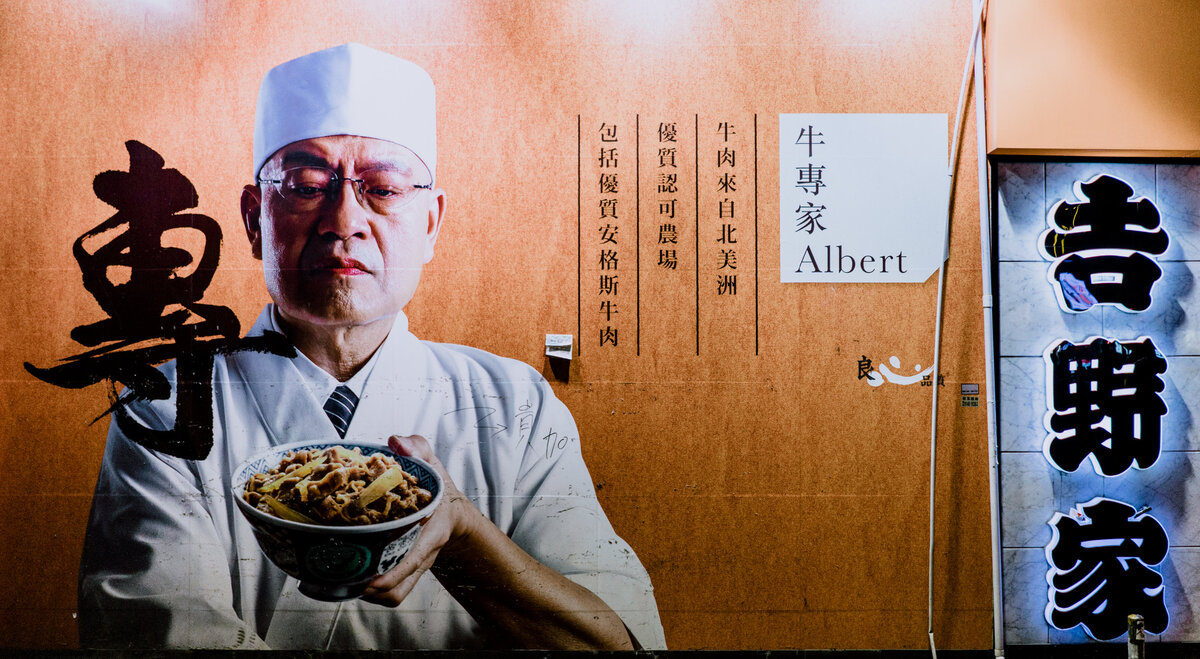
Something that did stay with me, was how small Hong Kong felt, and how well connected it is, either by car or MTR (underground). Speaking of the MTR, this is where the Oyster cards in London come from—the Octopus cards of Hong Kong. I remember hearing about this on the news, back in the day, so it’s funny to finally be here.
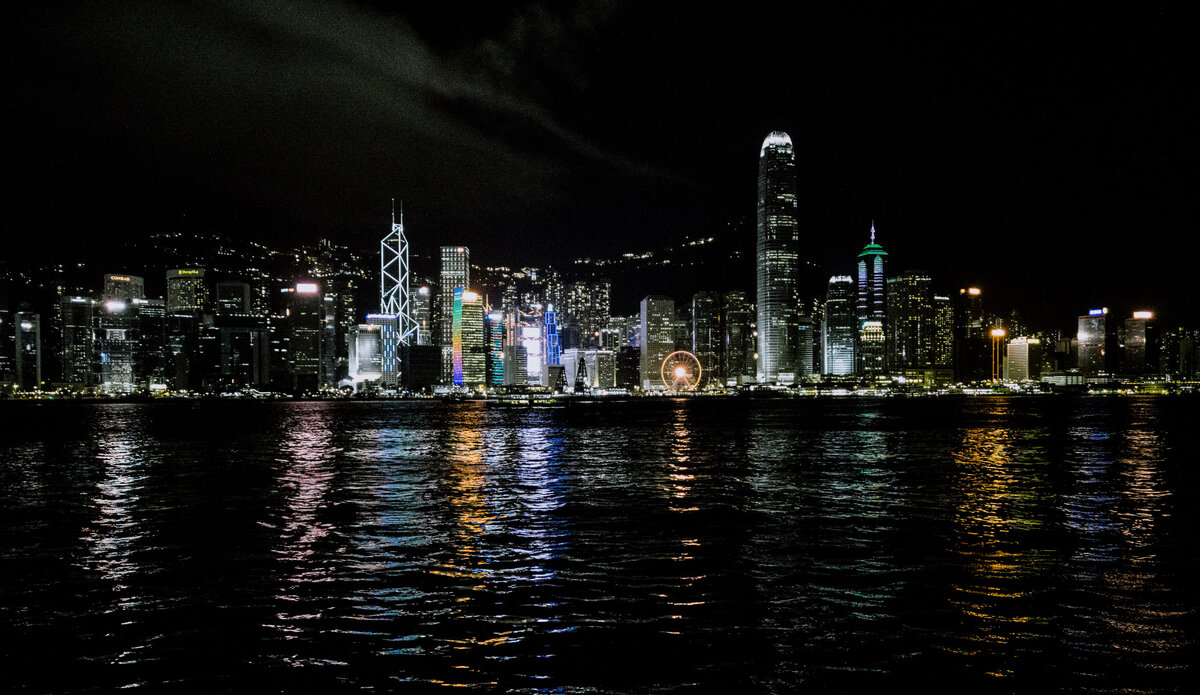
I finished off the excursion with a walk down the “Avenue of Stars”. The Avenue of Stars (Chinese: 星光大道), modelled on the Hollywood Walk of Fame, is an avenue located along the Victoria Harbour waterfront in Tsim Sha Tsui, Hong Kong. It honours celebrities of the Hong Kong film industry, and has 108 stars. I took a snap of the Bruce Lee statue but it’s not really worth posting here…